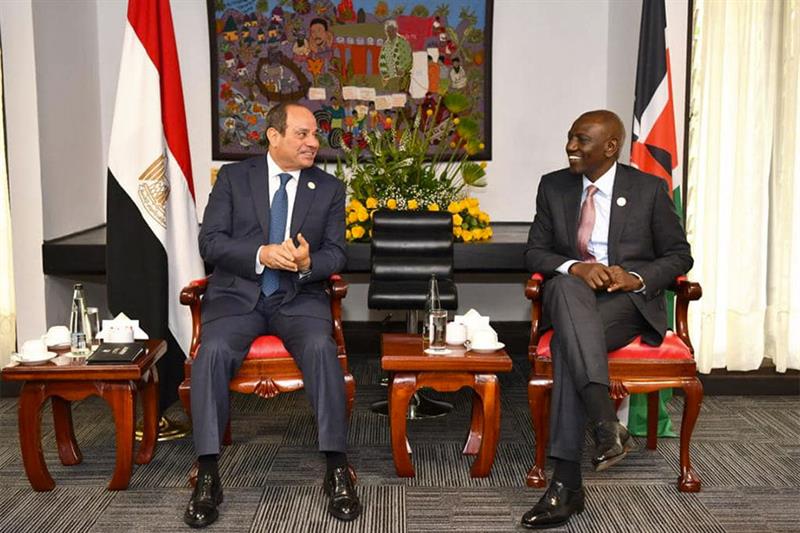In recent years, Egypt has found itself at the crossroads of geopolitical shifts, and the latest Emirati investments have sparked discussions about the nation’s alignment with the West. The announcement of a massive Emirati investment deal, particularly in the development of Ras Gamila near Sharm el-Sheikh, has raised eyebrows and fuelled speculations about Egypt’s trajectory.
As Mansour Abdel Ghany, spokesperson for the Ministry of Public Enterprise, revealed plans for strategic development in the area, it becomes evident that Egypt is actively seeking foreign investments to revitalize its economy.
The move to develop Ras Gamila comes on the heels of a significant Emirati investment, with Abu Dhabi’s sovereign wealth fund committing $24 billion for the rights to develop pristine land on Egypt’s northern coast. This landmark deal, coupled with an additional $11 billion in investments, is touted as the largest foreign direct investment in Egypt’s history. The infusion of funds is expected to provide a substantial short-term boost to Egypt’s economy, which has been grappling with foreign debts, a budget deficit, and a dire need for foreign currency.
Notably, this economic collaboration with the UAE signals a pivot in Egypt’s geopolitical alignment, pulling it back towards the West’s sphere of influence. The strategic nature of the investments and the scale of economic cooperation suggest a deeper partnership that extends beyond mere economic transactions.
While Egypt has historically maintained a complex web of alliances, this recent development amplifies the role of Gulf nations in shaping Egypt’s economic future and potentially influencing its political decisions.
Furthermore, it is essential to consider the regional dynamics, with the mention of Egypt’s initial contemplation of offering Ras Gamila to Saudi Arabia. The close proximity of Ras Gamila to the Straits of Tiran and its connection to the islands turned over to Saudi Arabia in 2017 underscore the geopolitical importance of this region.
This strategic location aligns with Saudi Arabia’s ambitious NEOM project, and the potential transfer of Ras Gamila could have significant implications for the geopolitical landscape in the Red Sea region.
Beyond the Gulf nations, other global players also exert their influence on Egypt. Iran’s influence, particularly through its involvement in the Yemen blockade, adds another layer to the complex geopolitical puzzle. The blockade, impacting vital shipping routes, has drawn attention to Iran’s ability to manipulate regional dynamics.
While Egypt may not be directly involved in the Yemen conflict, the broader implications of the regional power play cannot be ignored. The Emirati investments may serve as a counterbalance to potential Iranian influence, providing Egypt with economic alternatives and diversifying its alliances.
Moreover, Russia’s influence on Egypt, notably through wheat exports, contributes to the intricate geopolitical dance. Egypt has been a significant importer of wheat from Russia, fostering economic ties between the two nations.
This economic dependency on Russian wheat exports adds another dimension to Egypt’s geopolitical considerations. As global powers vie for influence in the region, Egypt must carefully navigate these relationships to safeguard its economic interests while maintaining a delicate balance between various stakeholders.
In conclusion, the recent UAE investments in Egypt, particularly in the development of Ras Gamila, mark a significant shift in the nation’s geopolitical alliances. While providing a much-needed economic boost, these investments raise questions about Egypt’s growing alignment with the West and its intricate dance with regional and global powers.
The strategic developments in Ras Gamila exemplify the complex interplay of economic interests, geopolitical considerations, and regional power dynamics that shape Egypt’s role on the world stage.





